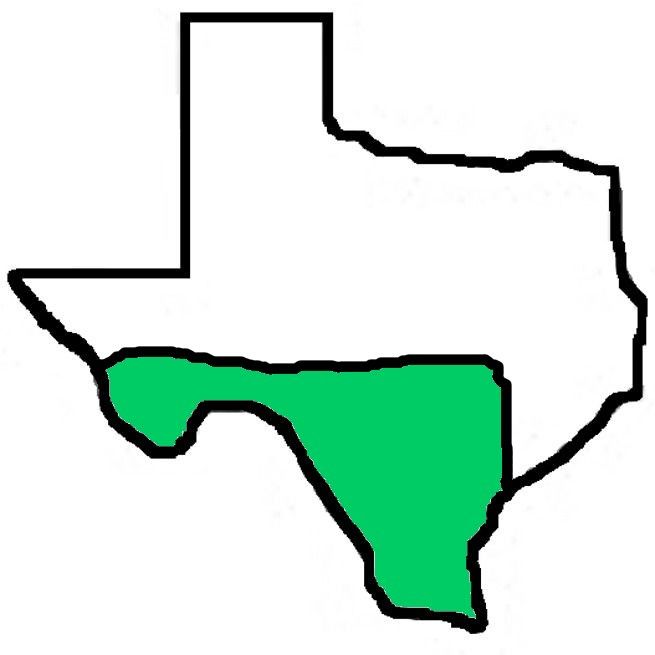Moths of the Lower Rio Grande Valley
Additional Species Contributed by John Rosford
Micromoths
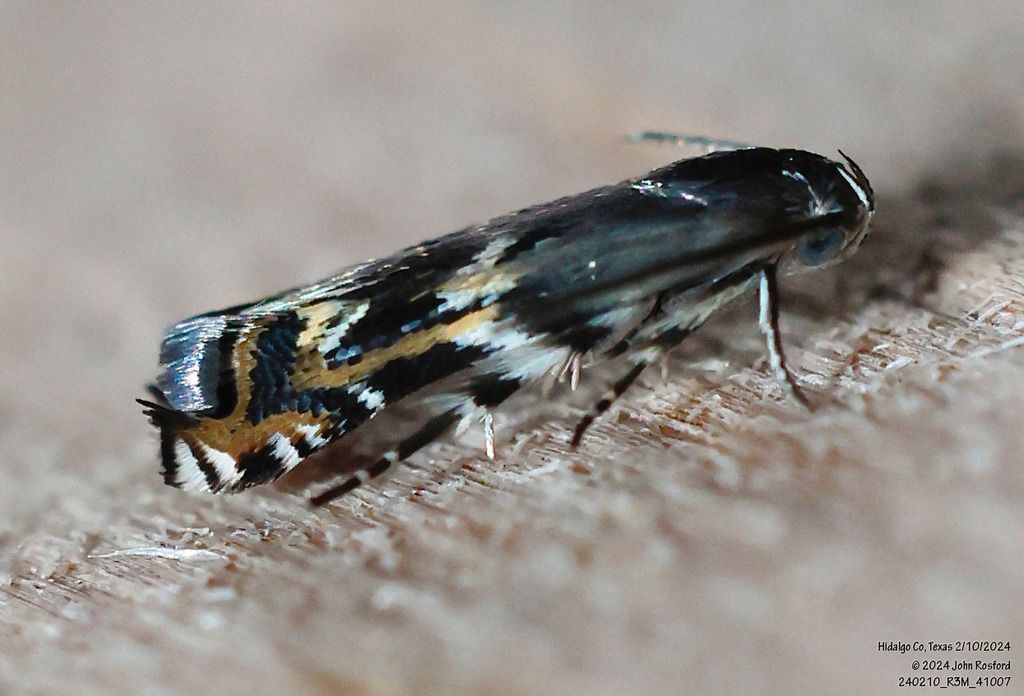
Six-streaked Calloprora (Calliprora sexstrigella)
This dandy little twirler moth is gray basally with a striking pattern of black, white, and rusty on the distal half of the forewing. They may or may not show a whitish median band as this bug shows.
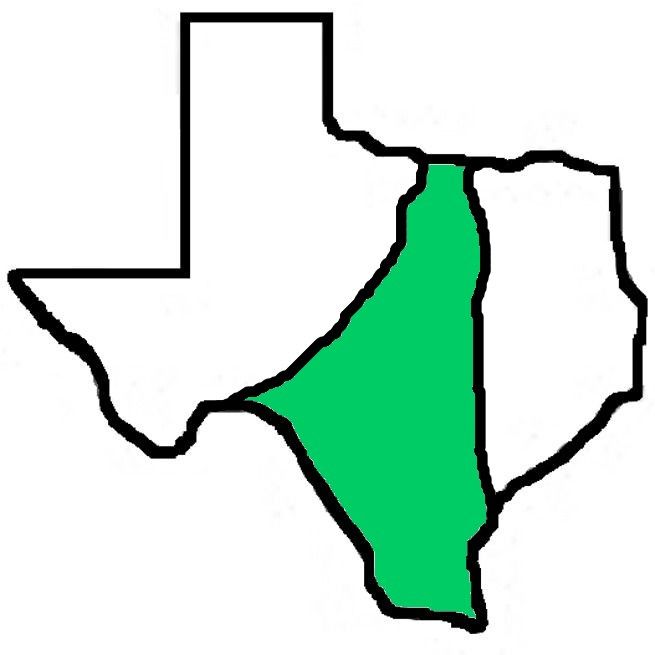

Golden-tipped Tinea (Stenoptinea auriferella)
This distinctive micromoth is sooty black overall with a contrasting straw-colored ST area.

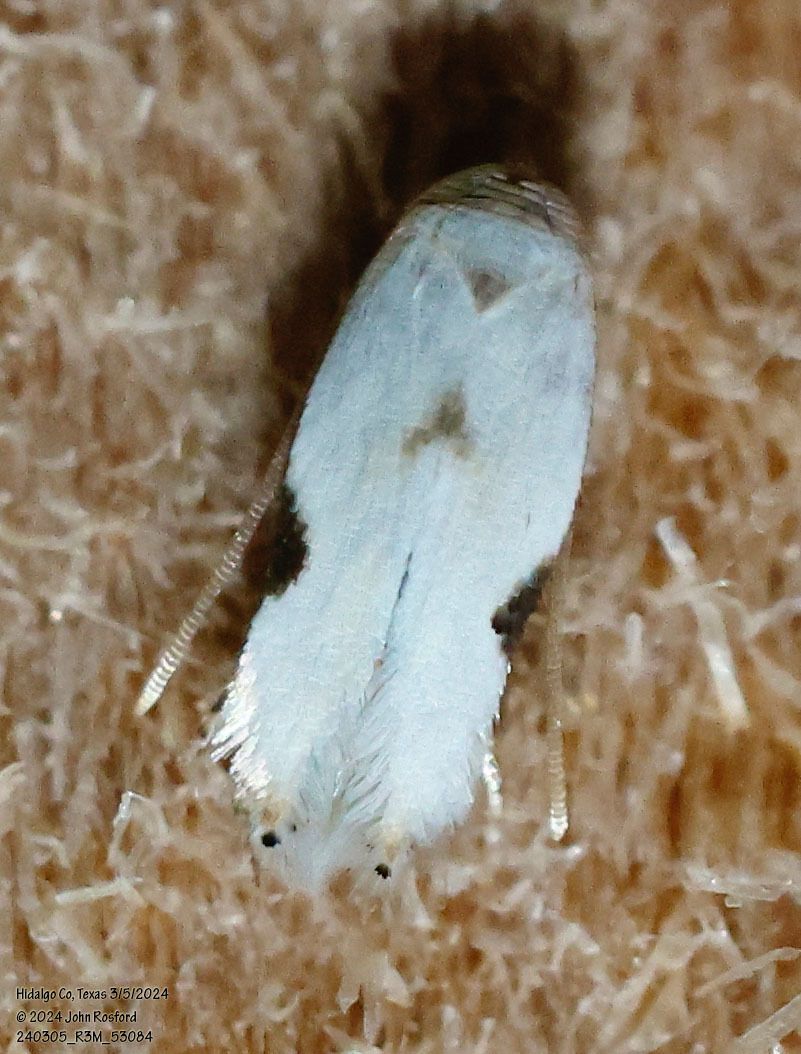
Texas Barkminer (Pseudopostega texana)
This tiny bug is a member of the Pygmy Leafmining Moth family, and is told from other similar barkminers in this genus by the black splotch on the costa. An LRGV specialty!
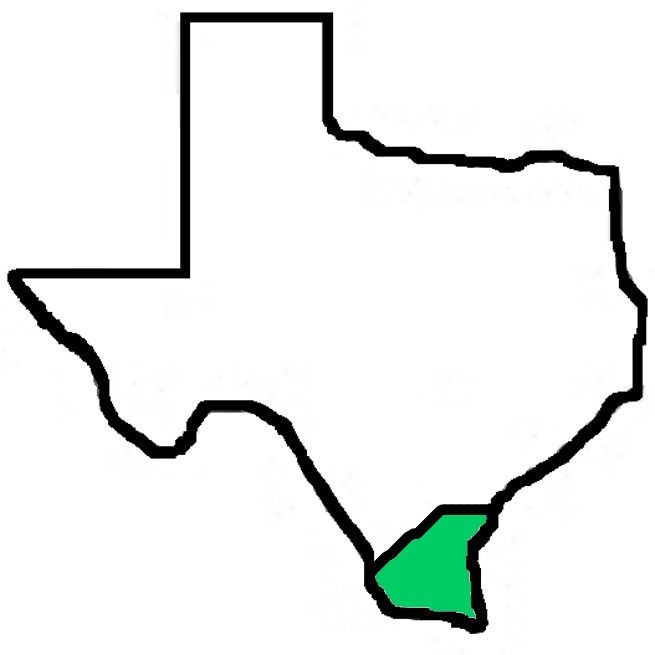

White-based Mompha (Mompha albocapitella)
This tiny, sharp-looking moth is blackish-brown with a contrasting white head and "shoulders", and also has a tufted white patch in the median area. White markings in the PM and subapical areas are less obvious.
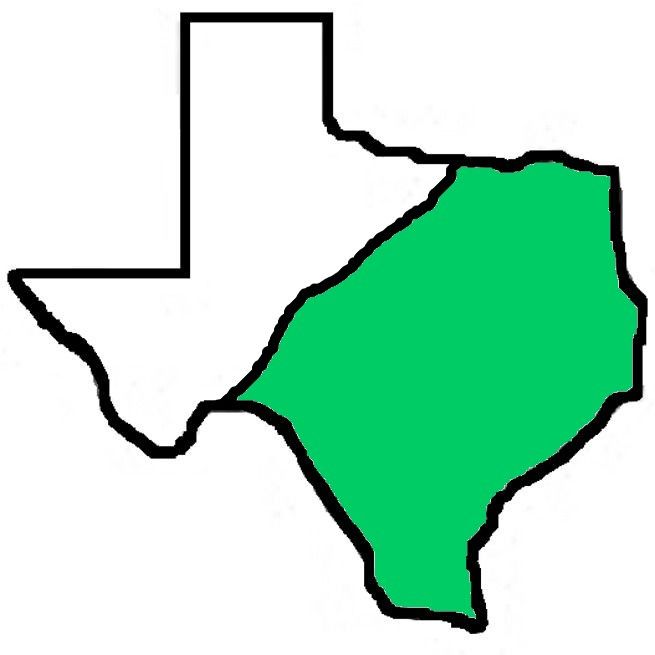
Tortrids
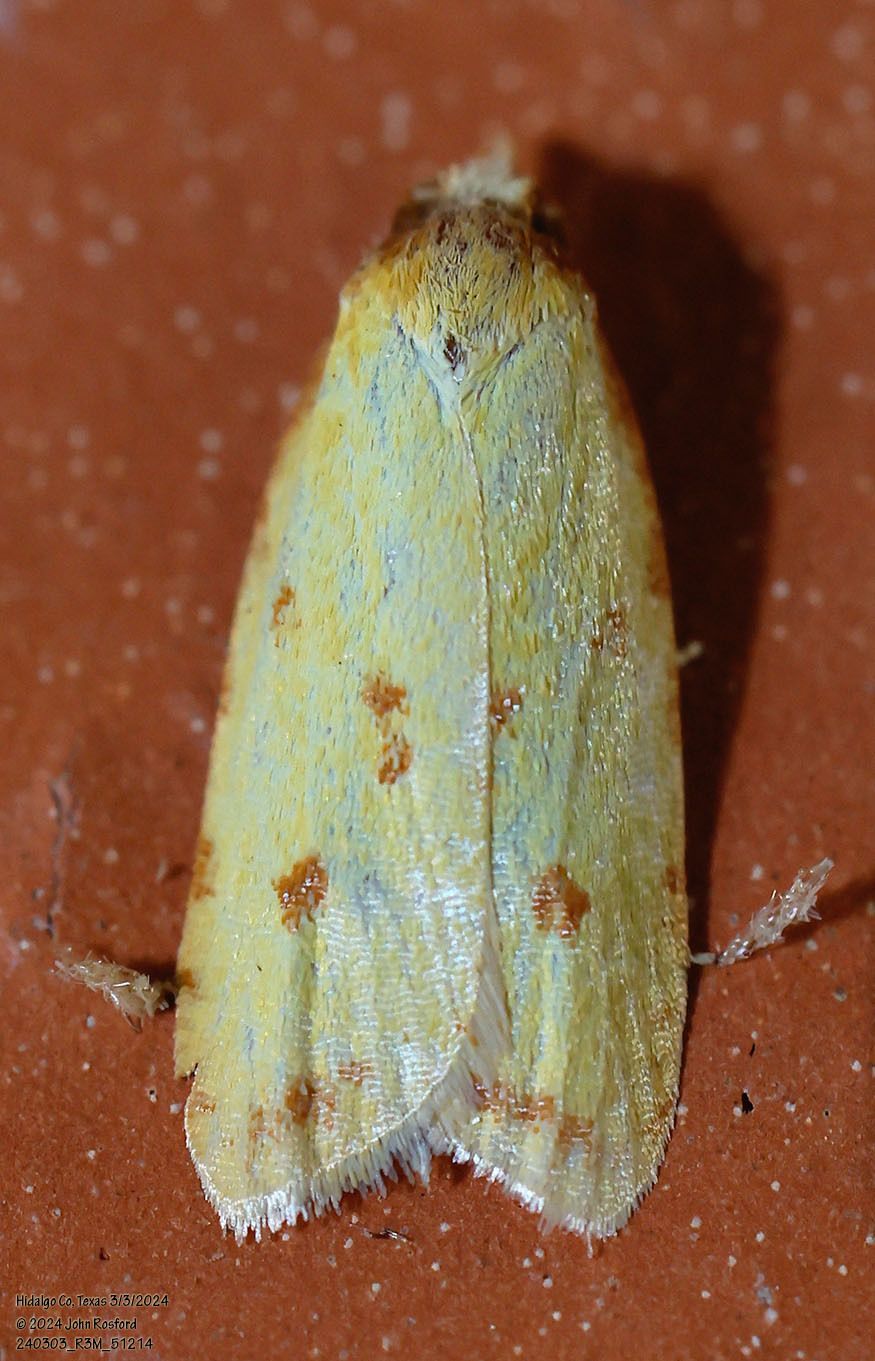
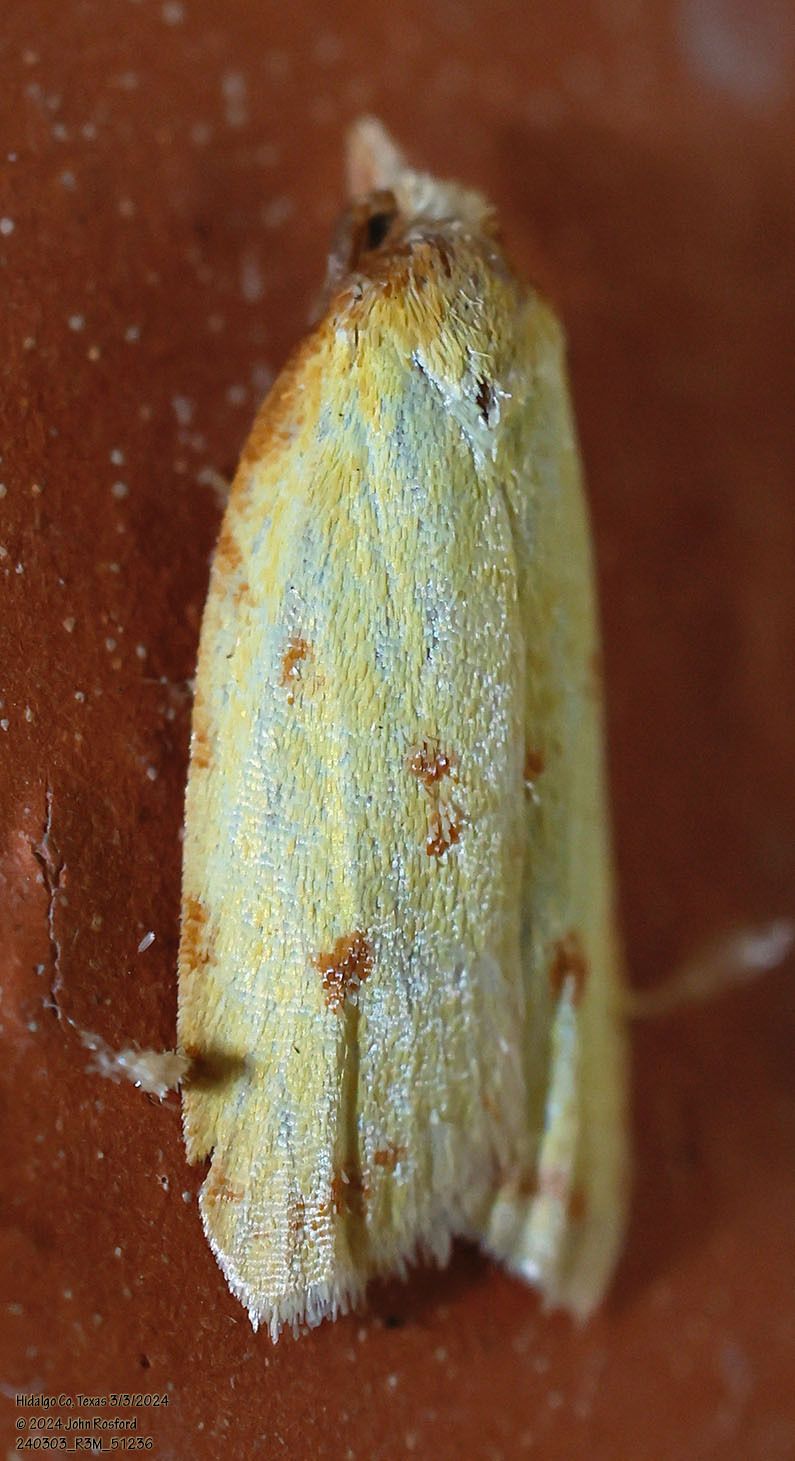
Sparganothis Fruitworm (Sparganothis sulfureana)
This oval-shaped yellow moth is usually characterized by an obvious orange "X" formed by the merging of the AM and PM lines, but sometimes these lines are reduced to spots, as in this bug.

Thyrids
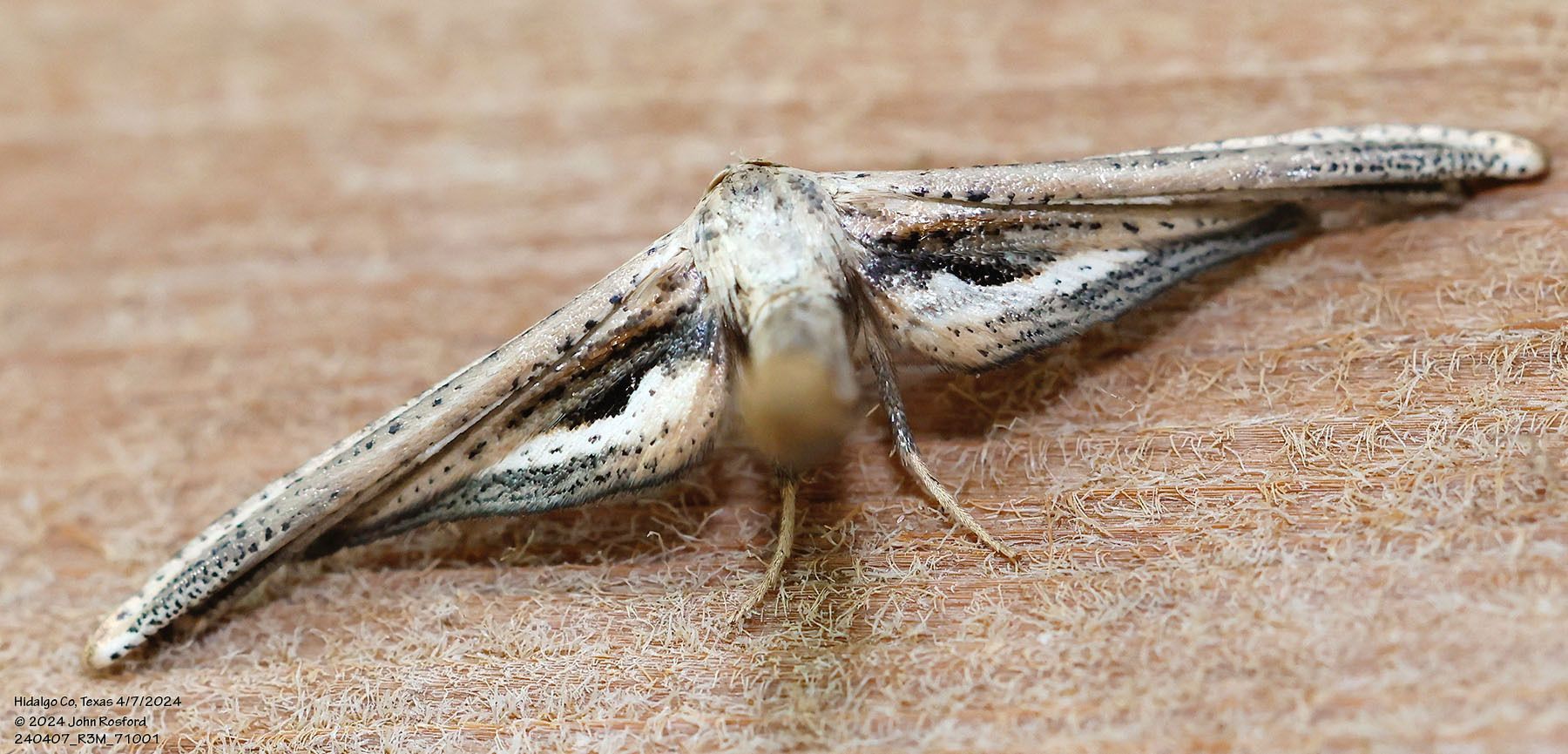
Window-winged Moth (Meskea dyspteraria)
Hard to mistake for anything else, this odd little moth sits with its forewings tightly rolled, exposing the "eyed" hindwings and raised abdomen.
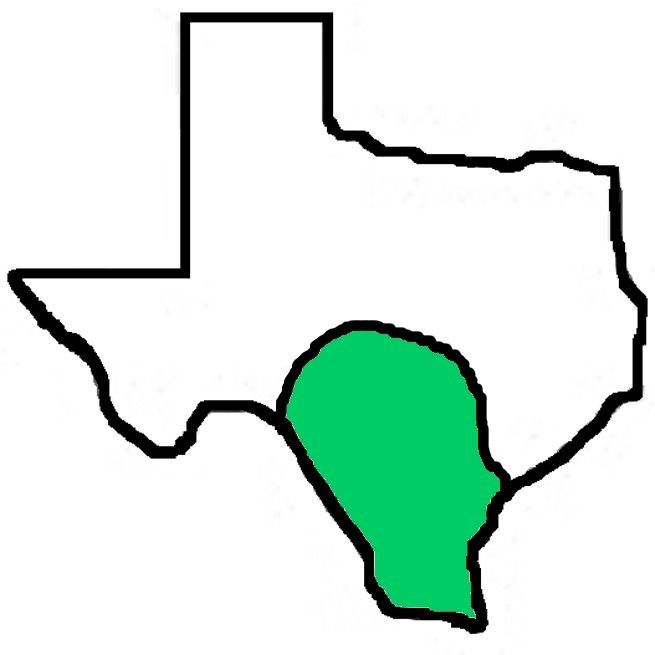
Pyralids
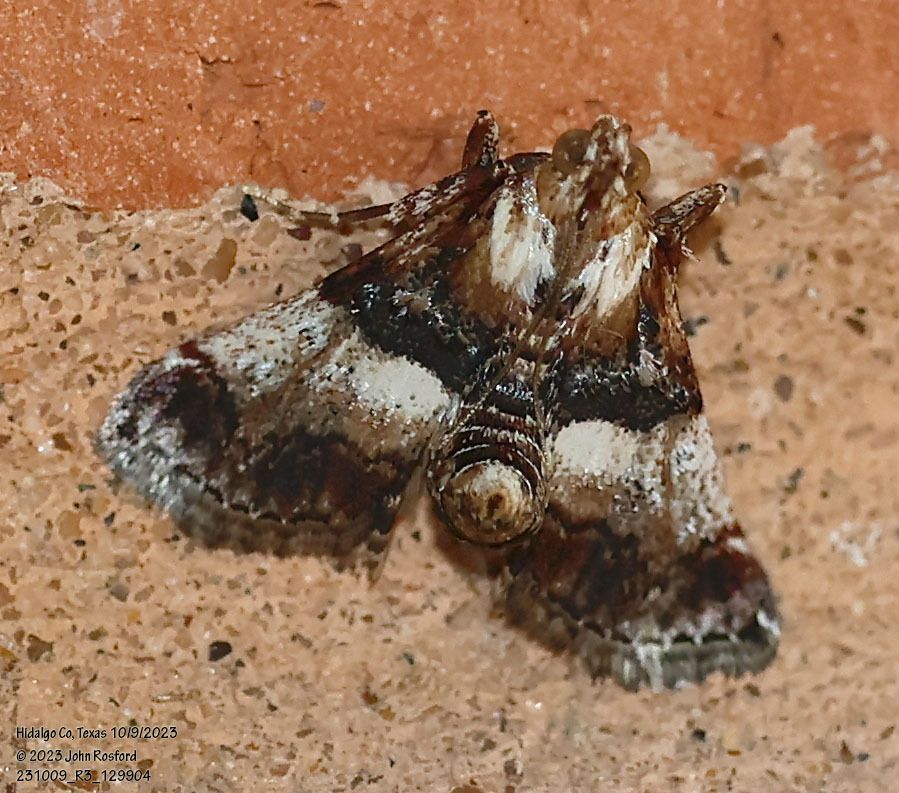
White-banded Cacozelia (Cacozelia pemphusalis)/Reborn Toripalpus (Toripalpus breviornatalis)
As of this posting, this particular bug is generating a lot of discussion on iNaturalist as to which species this really is! Pinned specimens of the Cacozelia show a dark discal spot within the white median band (which this bug doesn't appear to have), but I have no idea if that's a diagnostic field mark or not! If it is, then I would lean towards the Toripalpus on this one. The range map below really does reflect the record (s) for both species according to the MPG!
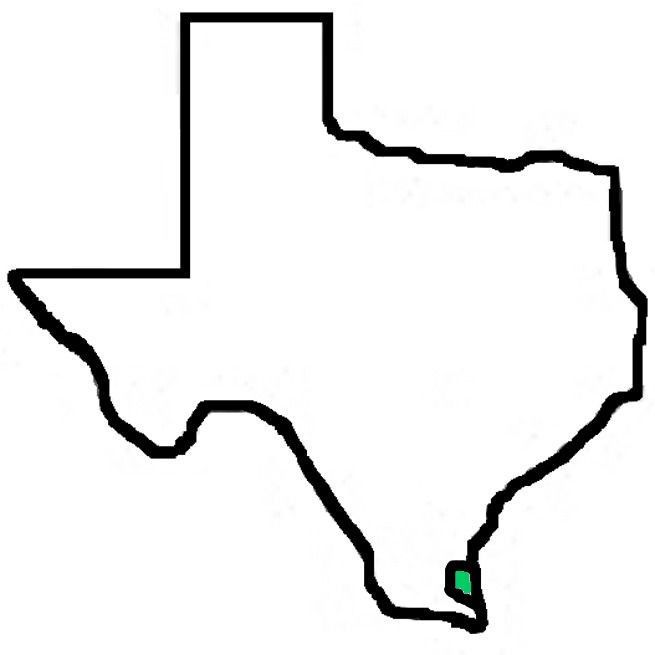
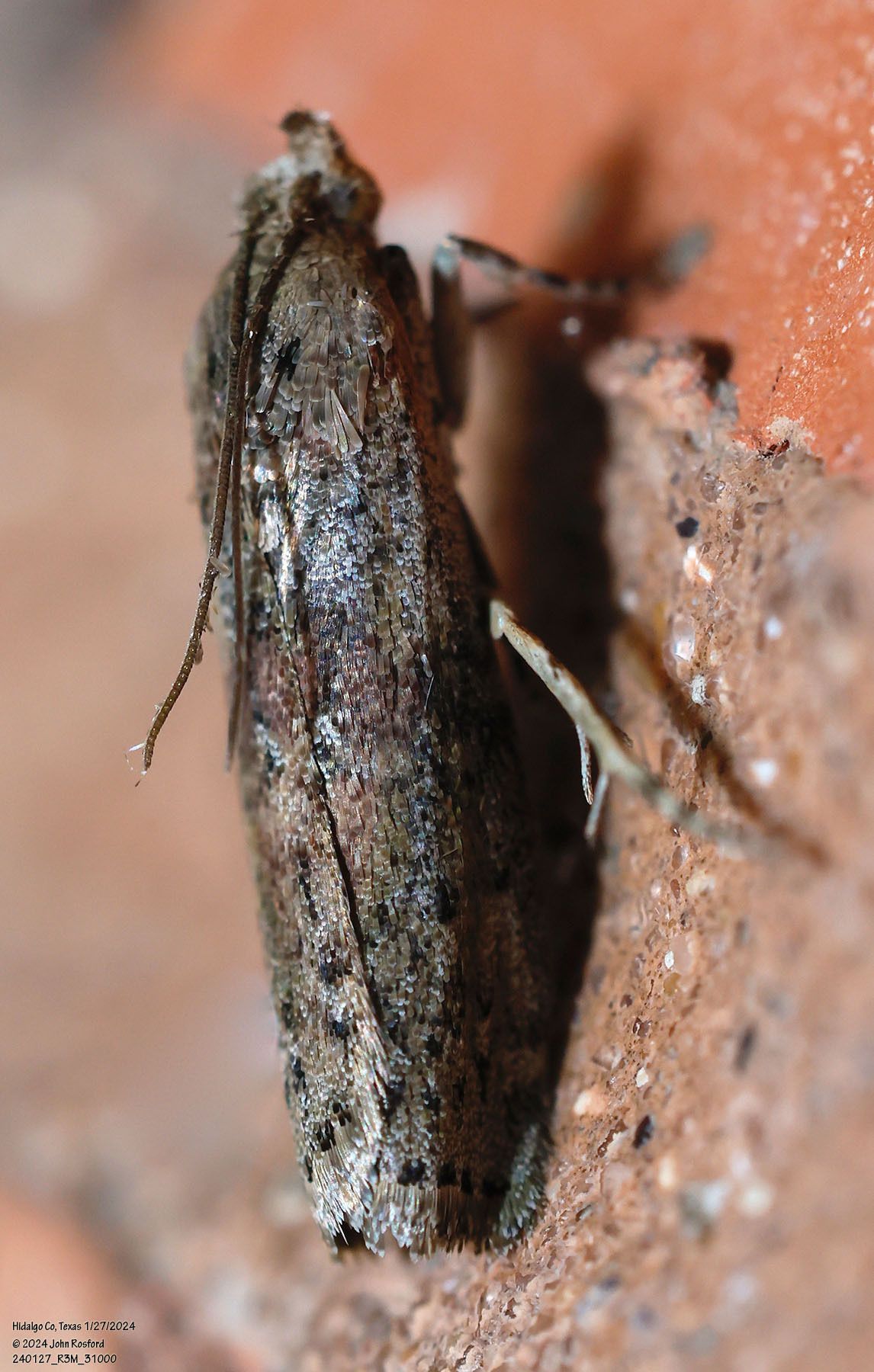
Hackberry Leafroller (Sciota celtidella)
Variable, but the consistent field marks appear to be the ochre-colored forewing base blending to light gray, becoming darker in the distal half of the wing; many show strong rusty coloration in the median area, like this individual. A key field mark is the speckled appearance of the ST line.
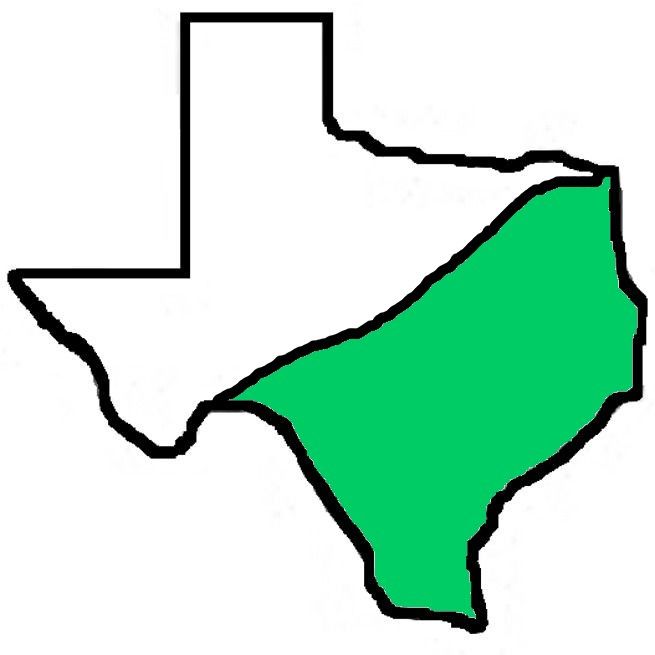
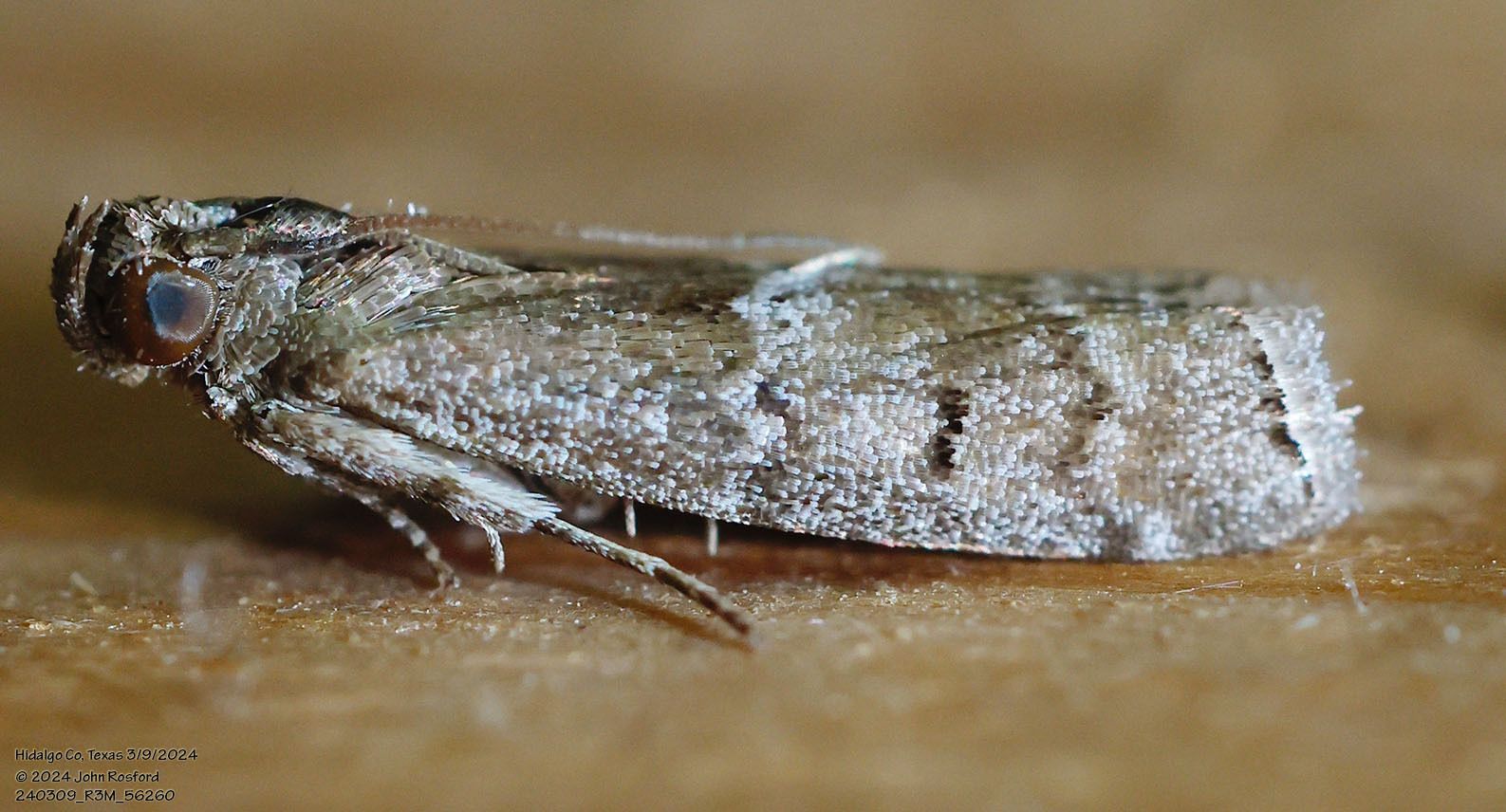
Elm Leaftier (Canarsia ulmiarrosorella)
More expected in east Texas, this pyralid is identified by its jagged white median and PM lines bordered in black, in addition to the contrasting crescent-shaped reniform spot. They also show a contrasting ST line made up of dark dashes.
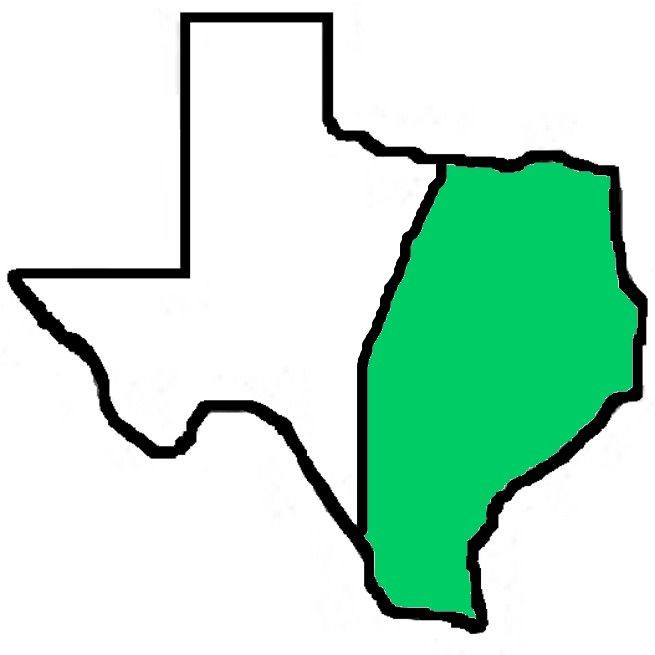
Crambids
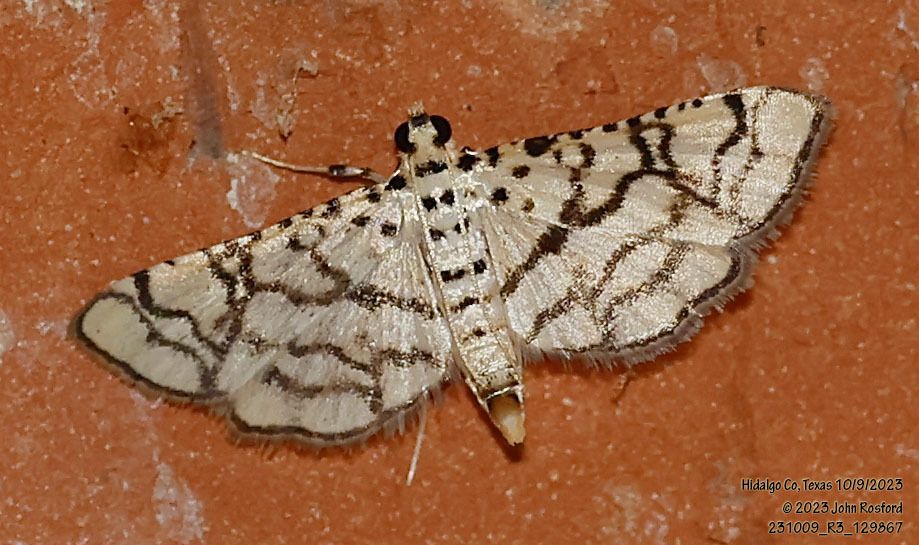
Rehamal Moth (Hileithia rehamalis)
Take out the brown tones of the Magician Moth and add some black spots on the costa and "shoulders", and you have this pretty little moth! Those black spots help separate this moth from other similar white crambids with intricate brown lines.
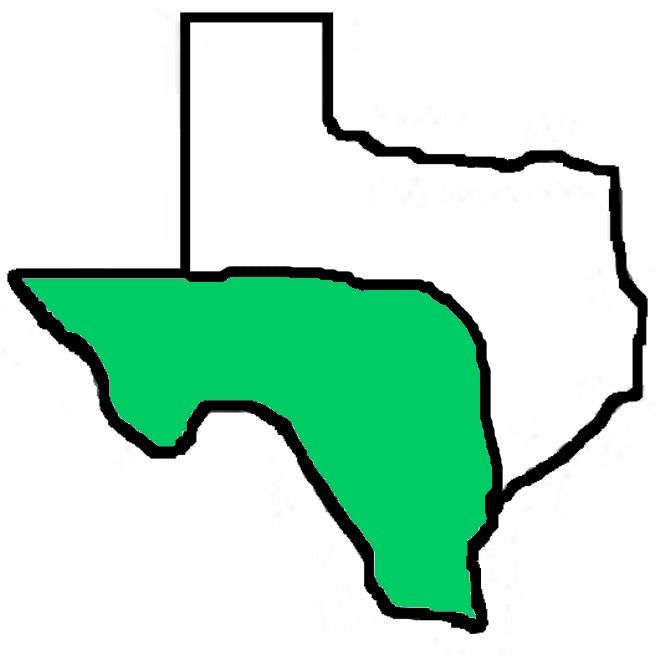
Geometers

Gulf Coast Gray (Anavitrinella atristrigaria)
Very similar to the Common Gray (A. pampinaria), this species tends to have a much bolder medial line that extends clear across the forewing (although some images of Common Gray seem to show this as well). Most images I looked at of Gulf Coast Gray show a paler ground color overall, where the AM and median lines really stand out.

Owlets
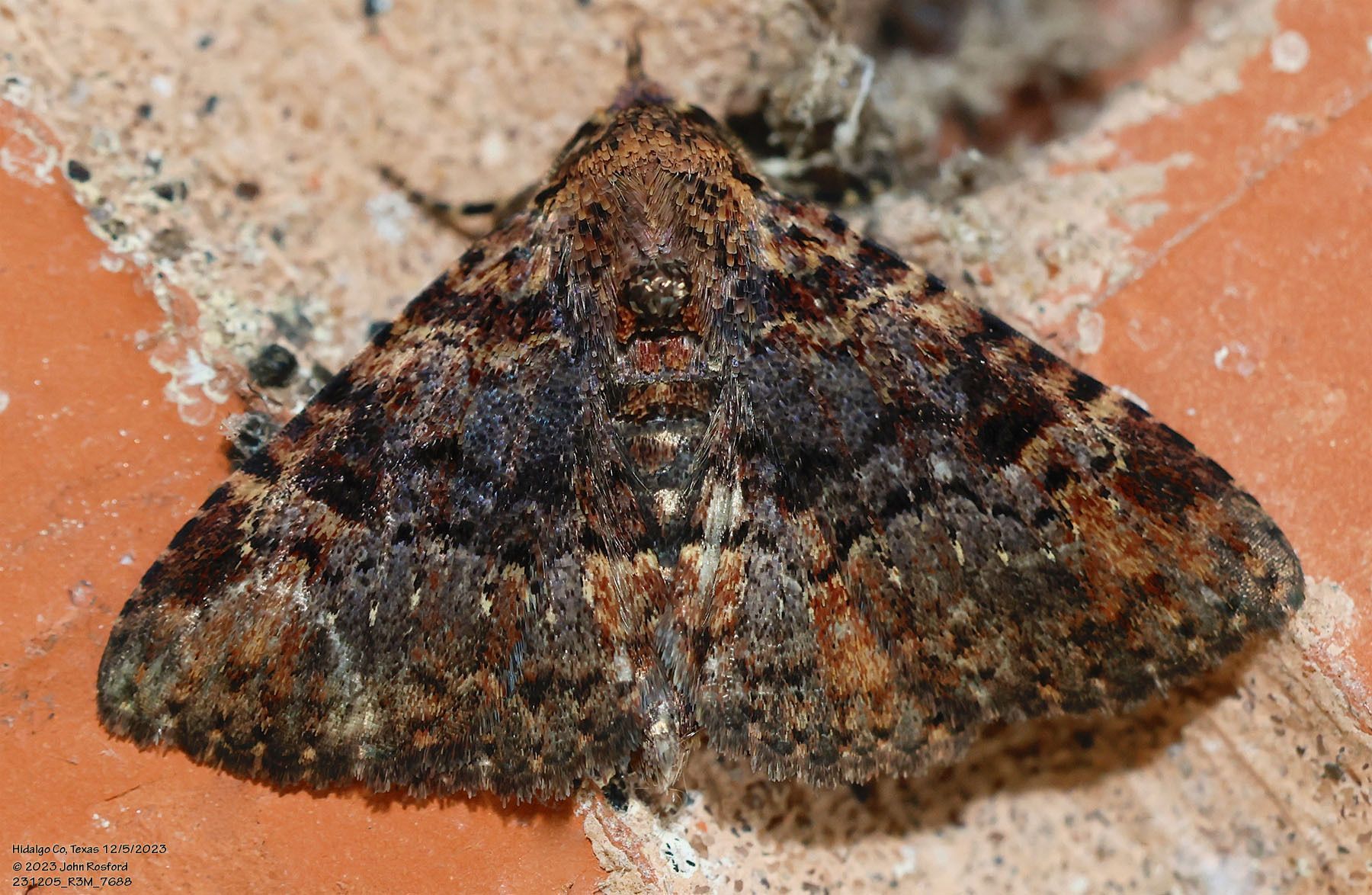
Common Fungus Moth (Metalectra discalis)
One of those maddeningly confusing (and variable) brown moths, look for the darker and wider median band bordered by a whitish AM line above and a row of small white spots that make up the PM line, which often leads to a whitish area on the costa.

Noctuids
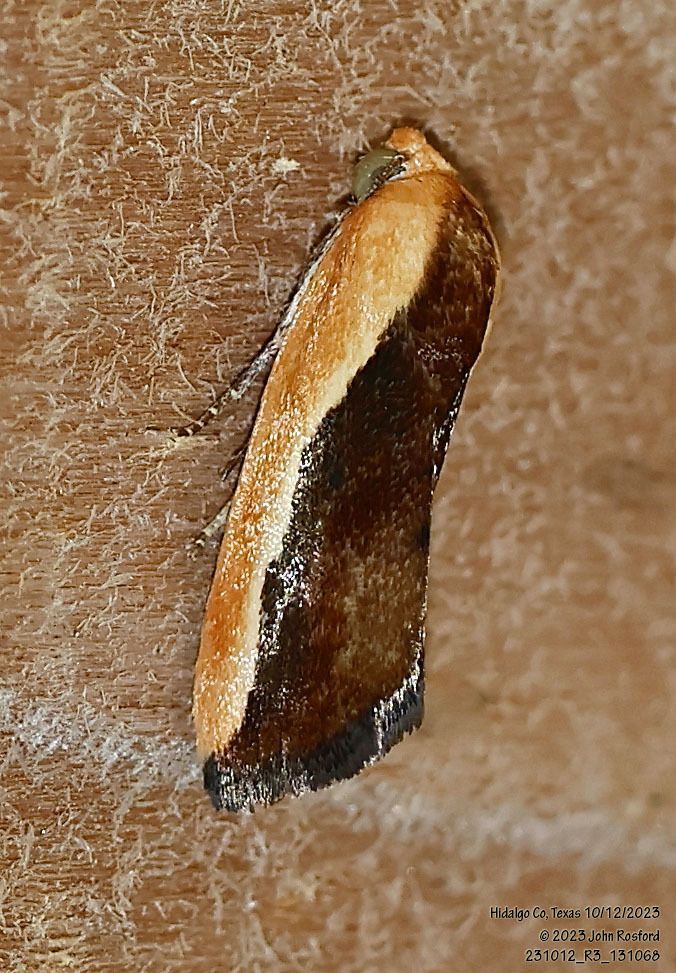
Bicolored Bird-dropping Moth (Ponometia exigua)
The female (above) is unmistakable, with her chocolate mantle contrasting with her creamy head and costa! The male has a more unform ochre coloration, but can show a hint of the demarcation.
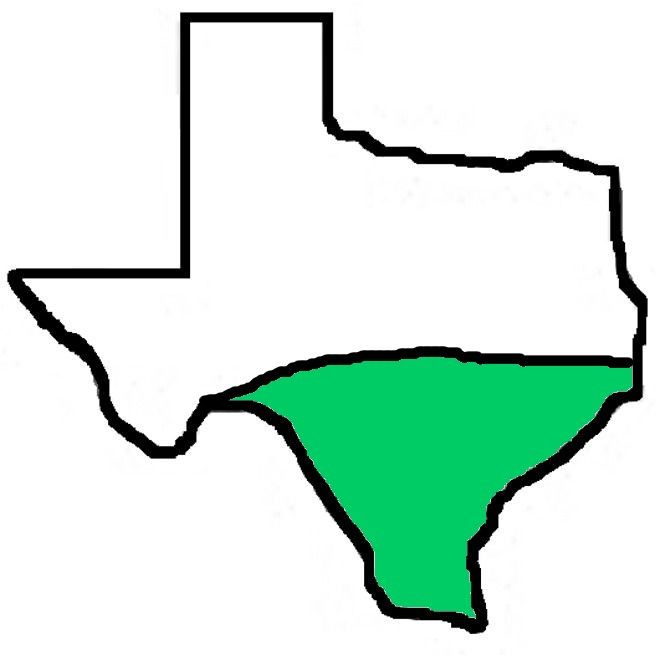
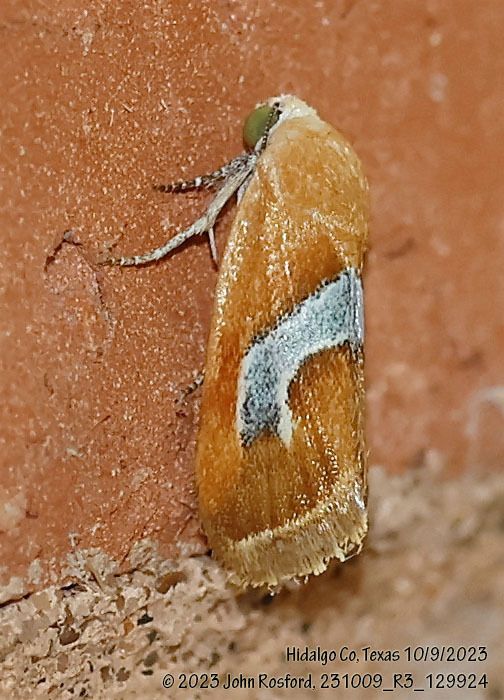
Pretty Bird-dropping Moth (Ponometia venustula)
An appropriately-named moth, the Latin name can also mean "charming"! Like the Bicolored, this moth is sexually dimorphic, but not so strongly as its cousin; the female (above) has a wider silver band across the forewing than the male, whose band is thinner and browner (and whose overall coloration is often more yellow than pumpkin).
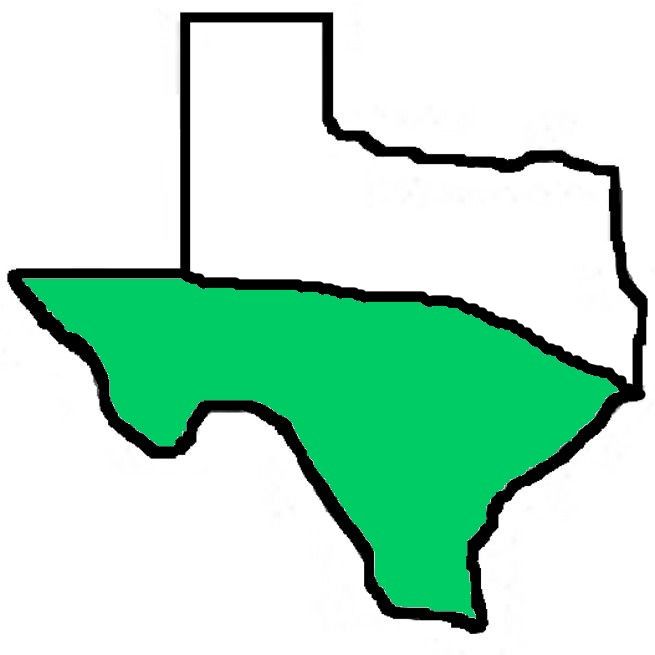
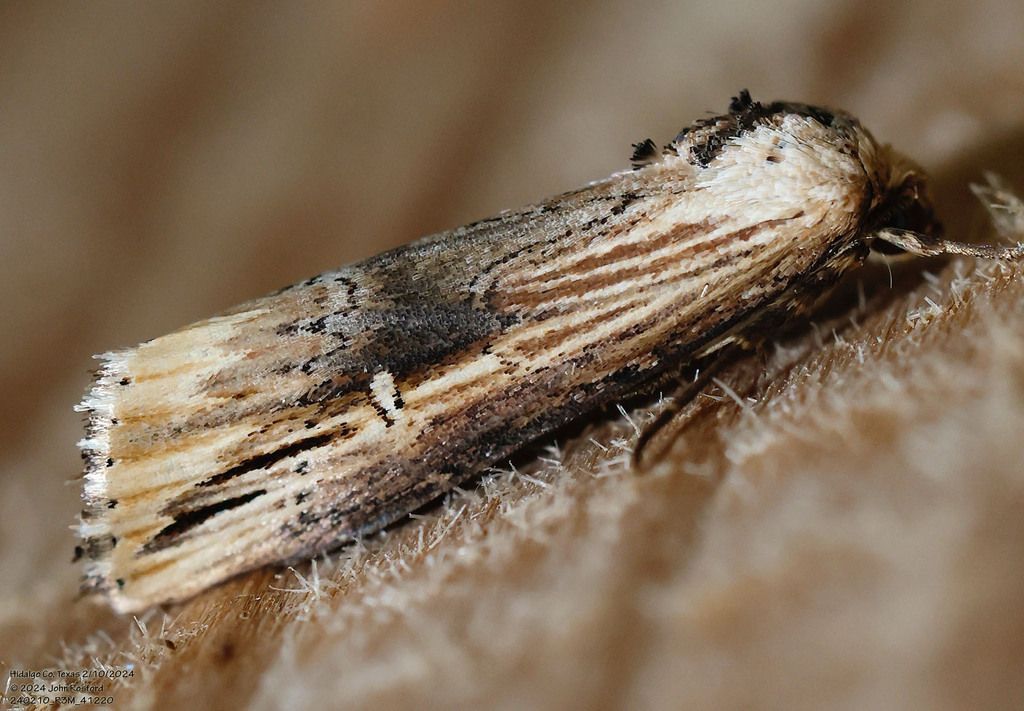
Verbena Moth (Crambodes talidiformis)
The bar-like white reniform spot stands out against the dark saddle on this streaky brown moth. It also has a thin, scalloped PM line and a strongly checkered fringe.

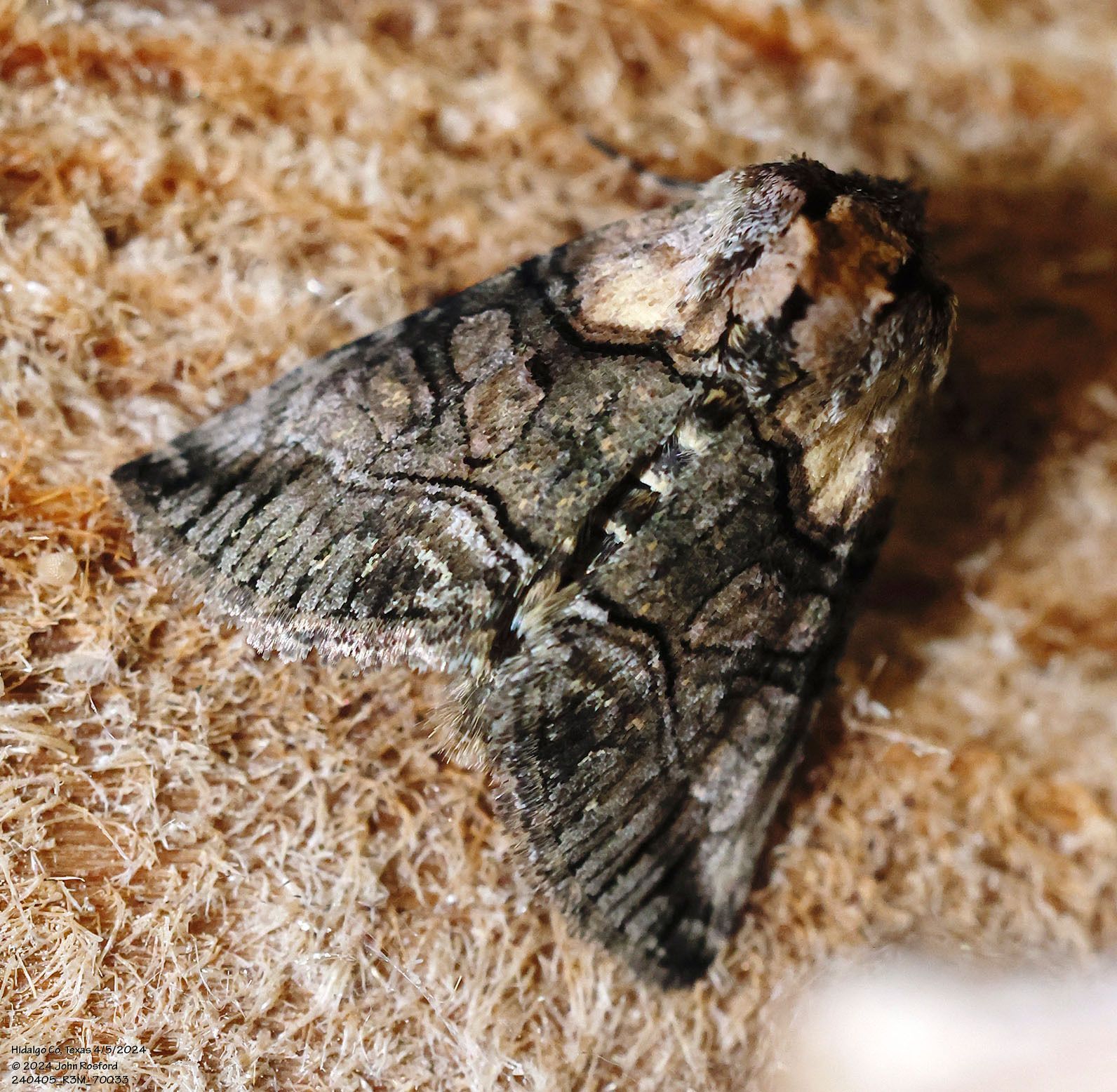
Minute Oval Abrostola (Abrostola microvalis)
This dark gray noctuid has a contrasting straw-colored basal area bordered by a double black AM line. The paler orbicular and claviform spots are fused, forming somewhat of a figure-eight.
